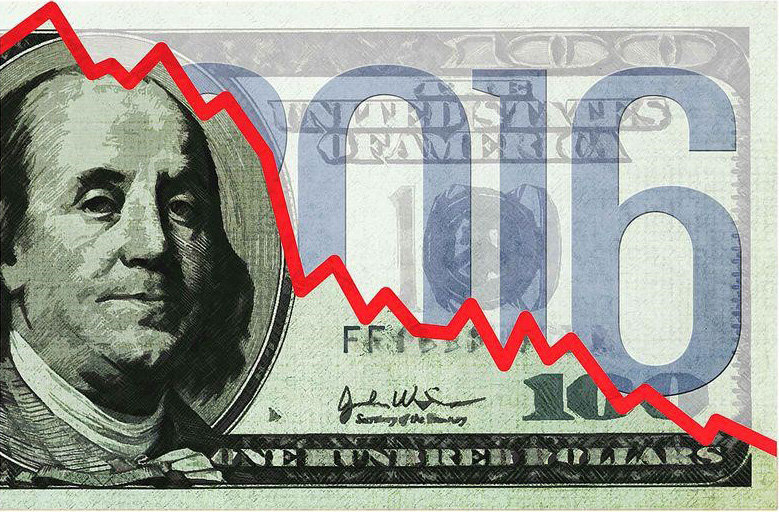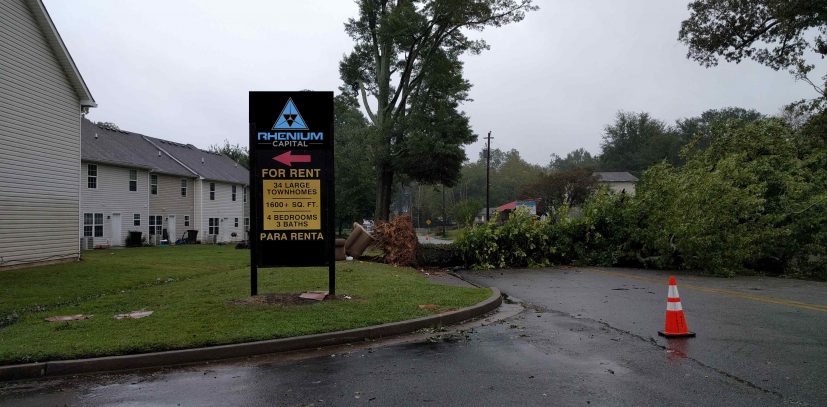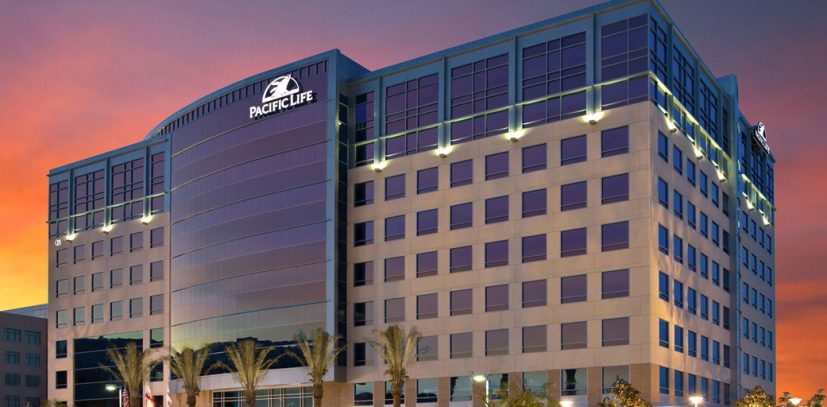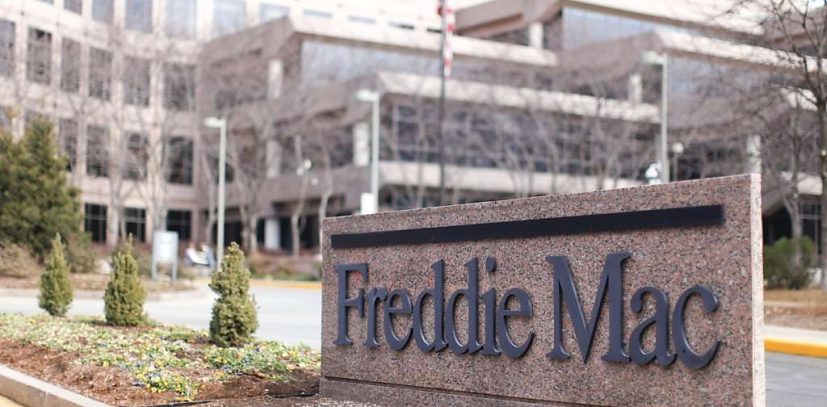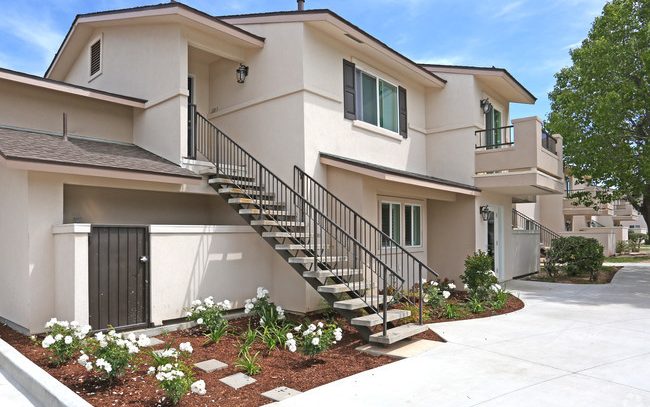In T minus 24 months the market will begin to see a 10% to 20% overall correction in asset prices. It may very well happen sooner. I still stand by my previous sentiments in Keep Calm. There’s No Bubble, as another 2008 Financial Armageddon and subsequent ~50% price correction is unlikely. Commercial real estate has essentially been kicking ass n’ taking names for the past six years, but even this trend is beginning to fade as price appreciation begins to slow and prices even decline in some cases. Clearly the financial headwinds the US and worldwide economy are facing seem to be mounting. When summing up risks varying from the Chinese debt crisis, oil bust contagion, the recent jobs report, a tech bubble burst to recent spikes in commercial bankruptcies and business loan delinquencies the view of an economic recession on the horizon starts to come into focus. CRE will undoubtedly see a mild correction in the nottoodistant future, especially as the 06’ and 07’ loans mature. Here are our firm’s estimates as to which property types are at risk for the largest corrections and why:
#1 HOTELS +25% LOSS
Large funds, pent up demand and great financial performances during the recovery pushed overaggressive buyers into willfully paying some steep premiums. The GOOD news is financing for hotels and hotel development has dried up considerably over the past year. The BAD news is some banks are still being forced at gunpoint by the GOV to keep making business loans for overpriced hotels and their PIP packages. That and there’s still some inventory in the pipeline that has yet to be delivered. Disillusionment will strike when revenues fall short of lofty forecasts on outdated STR reports and offering memorandums and the reality of owning the CRE industry’s highest operating expenses typically 70% to 80% of gross revenue start to sink in.
#2 LUXURY HOUSING +20% LOSS
A strong dollar, lower overseas demand with an aging listing inventory that keeps piling up while prices in 2016 have already come down 6% yearoveryear. The good news is “This Time It’s Different” primarily in the form of MUCH more conservative financing than we saw 05’ through 07’. Foreign investors may still make a profit selling at a slight loss by transacting in the all mighty petrodollar. It will be interesting to see if these condos and mega mansions turn apartment or Airbnb rentals which could prove to be a wildcard for hotels and multifamily. The good news is most of this market is cash rich, the operating expenses, or costtohold, is fairly low and investors can usually rent for a modest return.
#3 SUBURBAN OFFICE +15% LOSS
Bridge lenders rose from the ashes of the great recession and helped many borrowers avoid foreclosure when banks, CMBS and other sources we’re sidelined. Bridge lending competition forced aggressive tendencies in the assessment and tolerance of risk. The reasons suburban office sticks out are many. The standard two year leaseup or stabilization period with increased renewal rents will falter at some point causing a cessation in income growth. Lease term and structure will compound the effects as owners are often on the hook for expenses. When the recession hits suburban office will feel the effects harder than there better located and often more desirable counterparts in the CBD and other more desirable locations. Negative absorption will ultimately set in and the higher operating expenses will force some dispositions at a loss.
#4 MULTIFAMILY 10-15% LOSS
Again MFH saw buyers paying premiums to acquire. There’s a good amount of inventory coming online too (unless you’re in San Franciscoof course), meaning the market will soon be oversupplied inevitably hindering rent growth while occupancy should remain strong. The aggressive MFH acquisition loans of 75%80% LTV and interest only periods could see some trouble as potentially lower rents hit the bottom line. Vigilant owners and managers should have some ability to tighten expenses and possibly increase other income to avoid triggering technical defaults as debt coverage approaches the required 1.25x and 1.40x levels. Fortunately technical defaults don’t typically trigger forced dispositions at a loss, which should help to prevent a precipitous fall in pricing.
#5 RETAIL +10% LOSS
Their NNN rents, adaptability and necessity make them one of my favorite property types. But this is a TOP 5 list and the fact that we are still overretailed in America puts this sector at risk for some price losses moving forward. We are still seeing many BKs, store closures and older concepts fade away like the soft glow of the BLUELIGHT SPECIAL as you exit the doors of the Kmart in an economic expansion nonetheless. To a lesser degree the 10 year CTL and NNN deals inked during the last upcycle are at risk for renewal. Additionally, many anchor and junior anchor renewal periods are for five years or less, increasing refinance risks and costs while typically limiting loan proceeds. Timing really is everything! The good news is a lot of America’s retail fat was trimmed during the last down cycle. The bad news, we’re still a bit over retailers.
In conclusion, I’m still in the camp that we are NOT in a CRE bubble and the recession won’t be very “great” this time around. My hope is we enter this next down cycle much more courageously and exit much wiser than the last cycle. I have little faith our politicians and business leaders will hold firm on doing the right thing from an economic policy level more efficient regulation and a long term plan to normalize interest rates. This can only happen if investors and consumers become more patient and accepting of short term losses while keeping focus on longer term goals. The FED will certainly be tested as job numbers dip and pundits cry for ZIRP and continued buyback programs. Hopefully they hold fast, let us dig ourselves out organically and give the next generation of leaders the ability to rise to the occasion.

